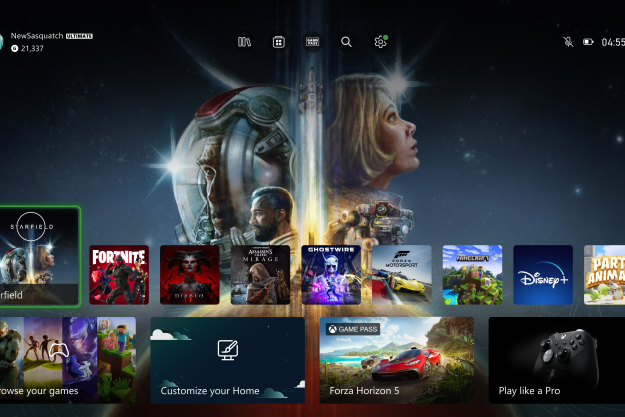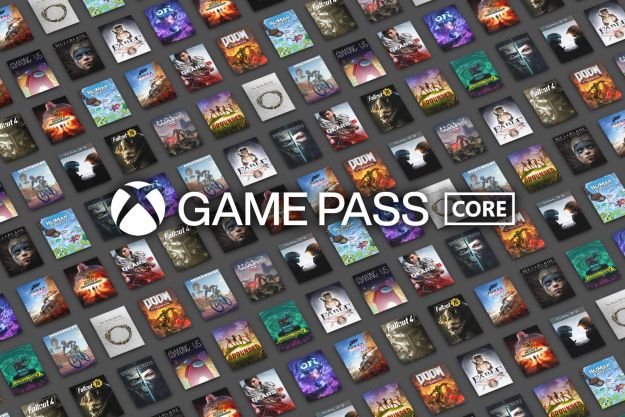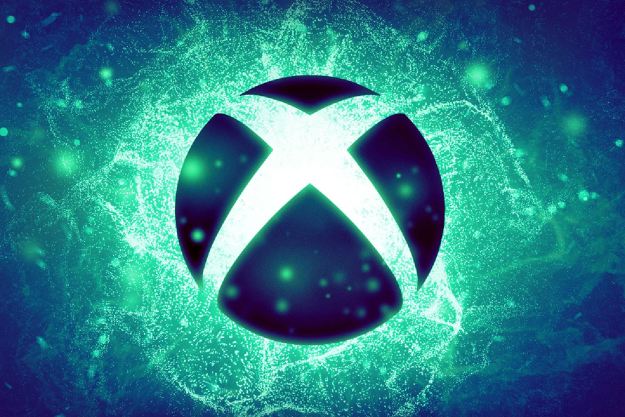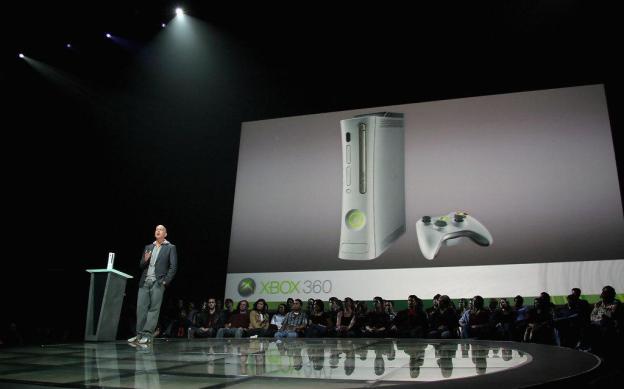
There is no bigger trap in the world of consumer technology than clinging to the belief that market dominance means you’re “doing it right.” This is an industry in which evolutionary changes are often measured in months, sometimes even weeks. What’s true in February might not be true in March. Look at Apple: In October of 2010, Apple held 27.9-percent of the smartphone market share, ahead of both RIM and Android. Today, Android accounts for nearly 70-percent of smartphone sales in 2012 while iOS hovers at around 20-percent.
It’s a lesson that Microsoft’s Xbox brand execs would do well to keep at the forefront of their thoughts as they plot out the years ahead for the Xbox One. The company’s console reveal on May 21, 2013 showed off a capable piece of hardware that delivers a significant performance upgrade on what current-gen consoles are capable of, but next to nothing was said about how long-standing practices may be changing. The few on-the-record comments that did surface spoke in non-specific terms.

Take Xbox Live Indie Games; the section supports games built on Microsoft’s XNA framework, a low-cost entry point for smaller developers looking to bring their creations to Microsoft platforms. Unfortunately, Windows 8 does not support XNA, and active development on the projects ceased in January 2013, shortly after the latest OS update launched.
Where does this leave the indies in the era of Xbox One? In the difficult position of having to continue with the current process of securing publishing deals with bigger third-parties or with Microsoft Game Studios, according to Redmond Studio Games and Platforms general manager Matt Booty.
“We intend to continue to court developers in the ways that we have,” he told ShackNews. Booty immediately qualified his statement, admitting that “I would also expect that for this new generation, that we’re going to continue to explore new business models and new ways of surfacing content.”

Then there’s Microsoft corporate vice president Phil Harrison speaking to Eurogamer on the changing makeup of Xbox Live Marketplace. “In the past we had retail games which came on disc, we had Xbox Live Arcade and we had Indie Games, and they had their own discrete channels or discrete silos,” he said. “With Xbox One and the new marketplace, they’re games. We don’t make a distinction.”
Much has been said around the Internet of the unfriendly scenario Booty’s words seem to paint for indies on the Xbox One, but there’s really nothing definitive at this point. The revised Marketplace that Harrison describes could even serve to help indie releases by making them easier to discover than they were in the XBLIG days. It’s all a matter of Microsoft embracing a welcoming attitude to better compete with the allure of the indie-friendly Sony Pub Fund. There’s no reason why an indie smash on the level of Journey, a Sony exclusive, can’t enjoy huge success on an Xbox machine.
Xbox Live is another largely unchanging relic of the early current-gen in many ways, especially where Gold subscriptions are concerned. Early on during the first days of the Xbox 360, a then-$50 annual fee bought you access to online play and features that were the best around for consoles by virtue of the fact that a steady cash flow supported their constant upkeep. Later additions that the PlayStation 3 couldn’t match – such as Party Chat and game demos – only strengthened Microsoft’s case.
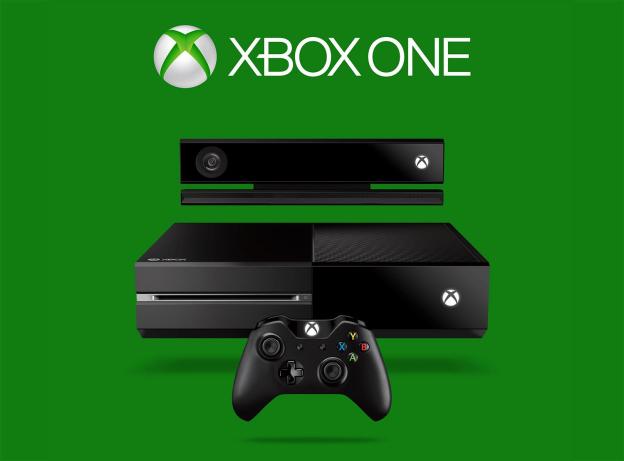
Then Sony caught up. The online play and general network functionality improved over time with regular updates. For-pay streaming services like Netflix (which Microsoft requires a Gold subscription to take advantage of) folded into Sony’s free PlayStation Network offering. PlayStation Plus eventually brought a subscription model to PSN, with enhanced online features like cloud storage and store discounts, while still offering the same online play that Microsoft charged for but at no cost. The “Instant Game Collection” was the clincher: subscribe to PSN, and get free AAA games from a list that changes on a monthly basis.
All of a sudden, Xbox Live Gold wasn’t so shiny anymore. Especially when the annual fee jumped up to $60 without really offering anything in the realm of new features. The subscribers stick around even now because they’re a captive audience, but that dynamic changes when new consoles enter the mix. It’s easier to jump ship. Xbox 360 users may be hesitant to abandon the Achievements they’ve amassed, but they sure don’t love spending $60 per year for the ability to access Netflix – a service they already pay for separately – through their console.
Here again, it is on Microsoft to demolish the current-gen status quo and try on some new, more competitive tactics. For all that we learned from the Xbox One announcement, there’s still plenty more to come, and still plenty of opportunity for the tune we’ve all been humming along with for the past eight years to change.
Editors' Recommendations
- For Microsoft, indies aren’t Game Pass extras. They’re the future of Xbox
- Xbox’s Phil Spencer responds to blockbuster leak: ‘So much has changed’
- Rebuild your own nostalgia with this detailed Xbox 360 toy set
- Microsoft will shut down the Xbox 360 Store next year
- You can’t play Baldur’s Gate 3 on Xbox, but you can play these 6 Game Pass RPGs
